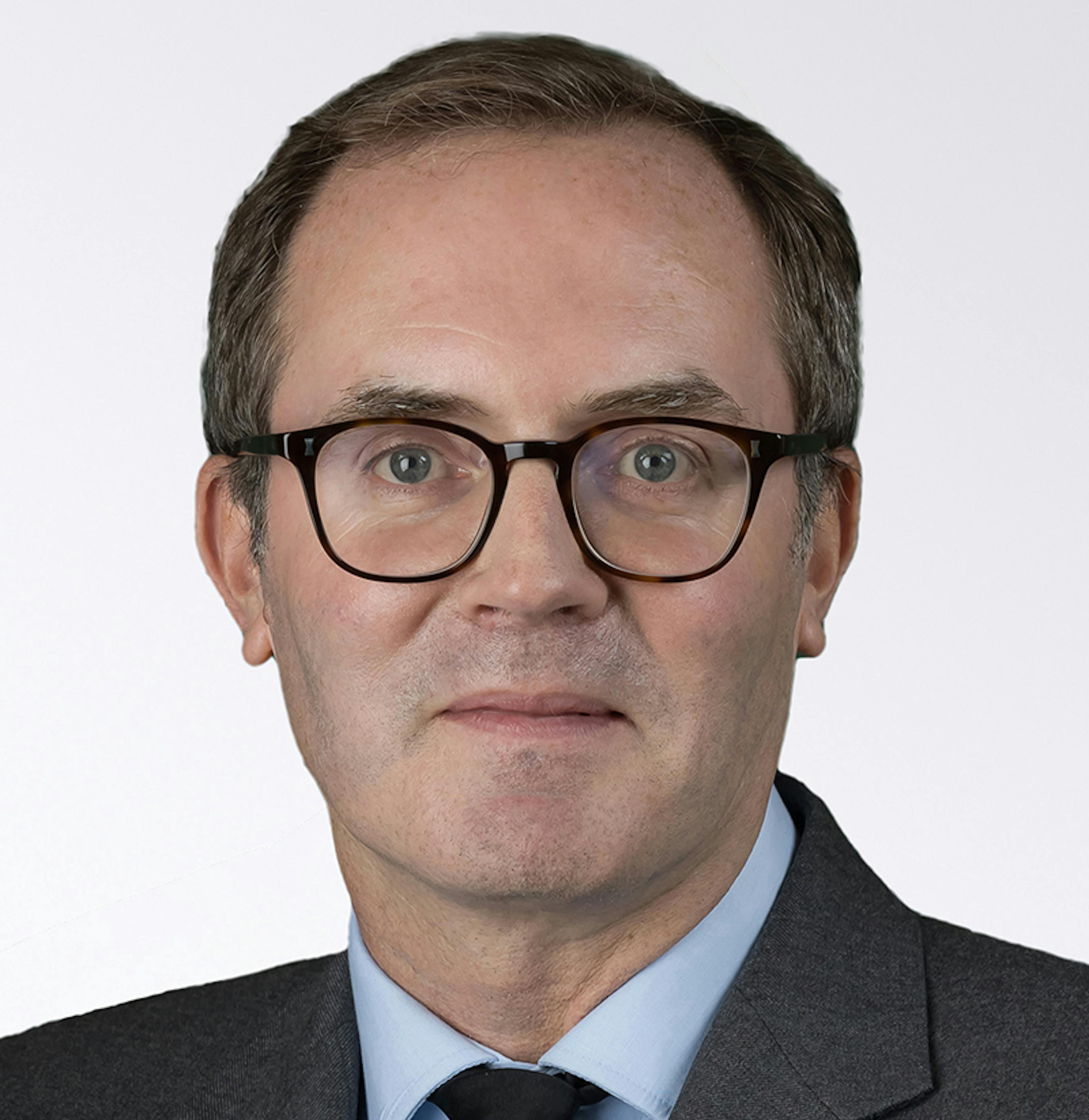LU1744630424
- Search for the best way to invest in innovative, quality companies across asset classes, countries and sectors.
- Dynamic and flexible management to quickly adapt to market movements.
1
2
3
4
5
6
7
To 01/04/2025
Article
Carmignac Portfolio Patrimoine Europe fund performance
Take a look at the Fund's performance supported by our Fund managers’ market commentary and strategy insight.Our monthly comments
Data as of: 28 Feb 2025.![[Management Team] [Author] Denham Mark](https://carmignac.imgix.net/uploads/NextImage/0001/18/%5BManagement-Team%5D-Denham-Mark.png?auto=format%2Ccompress&fit=fill&w=3840)
Mark Denham

Jacques Hirsch
Performance commentary
In this context, the fund recorded a positive performance, but one that was lower than its reference indicator.
The selection of quality stocks weighed on the relative performance of the Fund.
The fund's relative underperformance can be explained by our investments in technology stocks (such as ASML and Capgemini) as well as in the healthcare sector.
On the other hand, our convictions in the industrial (e.g. Kingspan) and financial (e.g. Adyen and Deutsche Boerse) sectors performed well.
Our diversification strategies, including index options, the European automotive and chemical sectors and the VIX, also posted a positive performance.
In bonds, our positioning on sovereign rates was beneficial.
Similarly, our credit strategies continue to perform well, supported by an embedded yield.
Outlook strategy
Given the continuing uncertainties regarding the evolution of US fiscal and tariff policies, as well as their implications for inflation and economic growth, we continue to diversify our portfolio.
Rather than reducing our equity exposure, which remains at around 40%, we are opting for sector diversification and buying protection through options.
We continue to believe that the consensus is still too pessimistic in Europe. We are therefore maintaining a negative sensitivity to the eurozone and retaining substantial exposure to credit.
We also maintain a significant exposure to commodities, which should benefit from the political and geopolitical uncertainties on the continent.
The Fund is strategically positioned to take advantage of a potential resurgence of interest in a region that has been largely neglected by investors.
Performance Overview
Data as of: 1 Apr 2025.Carmignac Portfolio Patrimoine Europe Portfolio overview
Below is an overview of the composition of the portfolio.Asset Allocation
Data as of: 28 Feb 2025.| Equities | 34.6 % |
| Bonds | 33.9 % |
| Money Market | 22.9 % |
| Cash, Cash Equivalents and Derivatives Operations | 8.6 % |
Key figures
Below are the key figures for the Fund, which will give you a clearer idea of the Fund's equity and bond management and positioning.Exposure Data
Data as of: 28 Feb 2025.The strategy in a nutshell
Discover the Fund’s main features and benefits through the words of the Fund Managers.![[Management Team] [Author] Denham Mark](https://carmignac.imgix.net/uploads/NextImage/0001/18/%5BManagement-Team%5D-Denham-Mark.png?auto=format%2Ccompress&fit=fill&w=3840)
Mark Denham

Jacques Hirsch
We look for performance drivers across asset classes, sectors and countries in Europe with an objective to provide a resilient portfolio, able to quickly adapt to challenging market movements.

Jacques Hirsch
Related articles

Carmignac Portfolio Patrimoine Europe: Letter from the Fund Managers

Carmignac Portfolio Patrimoine Europe: Letter from the Fund Managers


Market environment
This month has seen an erosion of American exceptionalism.
Uncertainties surrounding the policies of Trump 2.0 have weighed heavily on the morale of American consumers and businesses, reigniting fears about economic growth.
In the absence of visibility in the United States, investor attention has shifted to the rest of the world, where valuation levels remain low.
European equities benefited from this trend, despite Trump's protectionist threats.
Investors began to anticipate a ceasefire between Russia and Ukraine. Politics was the main focus of attention during the month, with tense meetings between European leaders and the Trump administration.
The financial sector was the best performer in the equity markets alongside the defense sector.
All the main bond segments recorded positive returns during the month, with the fall in US rates having repercussions on the global market.